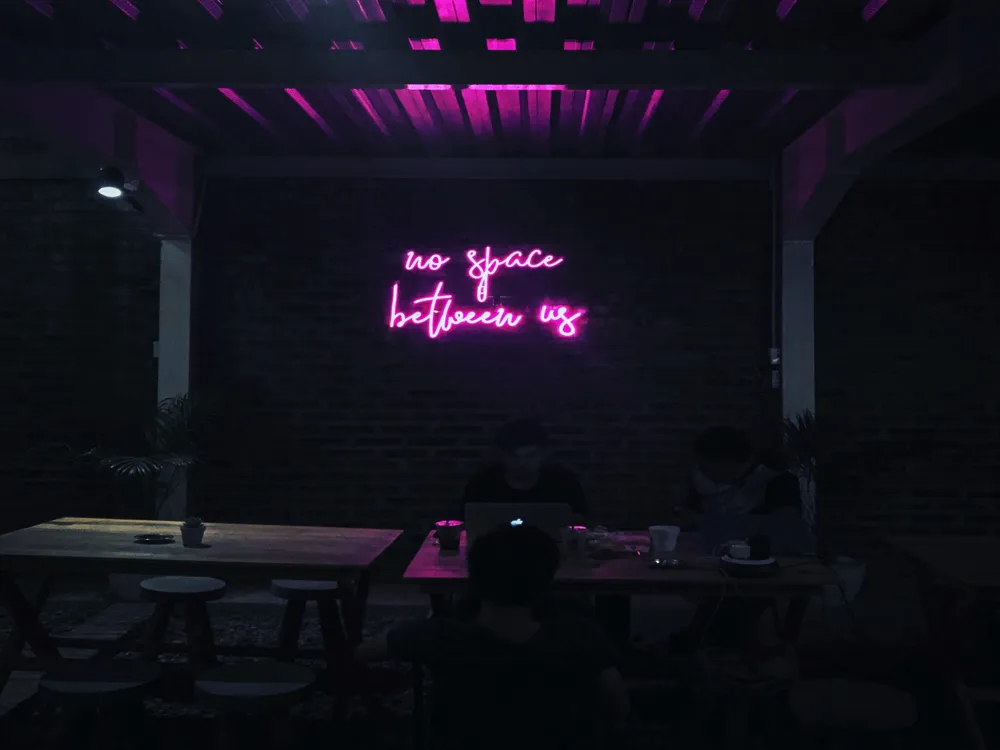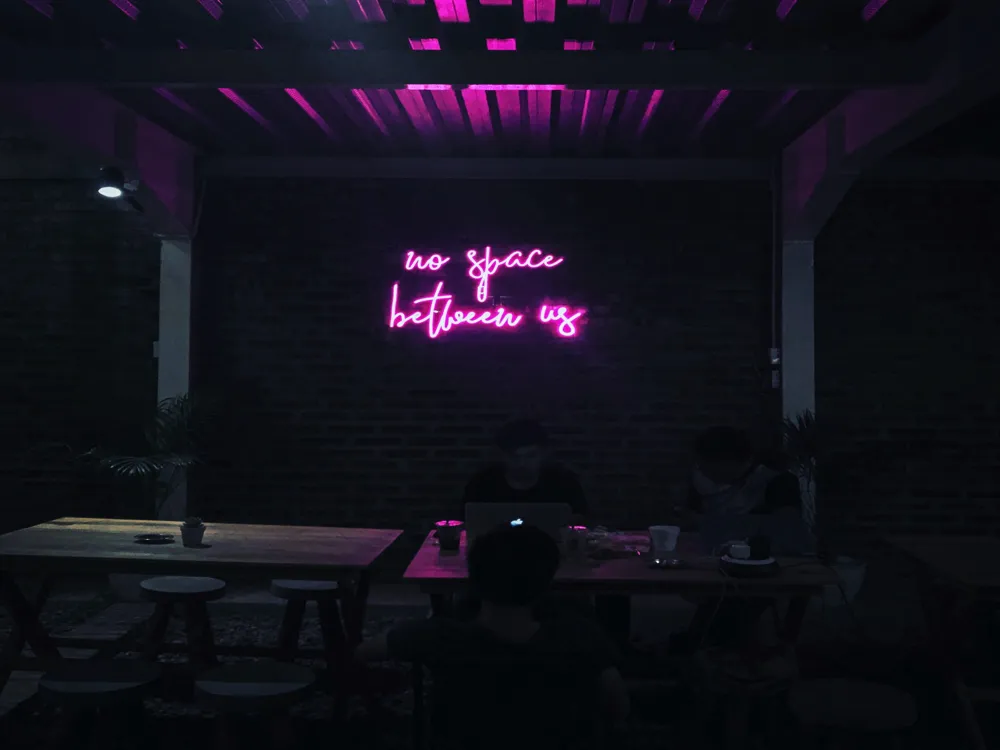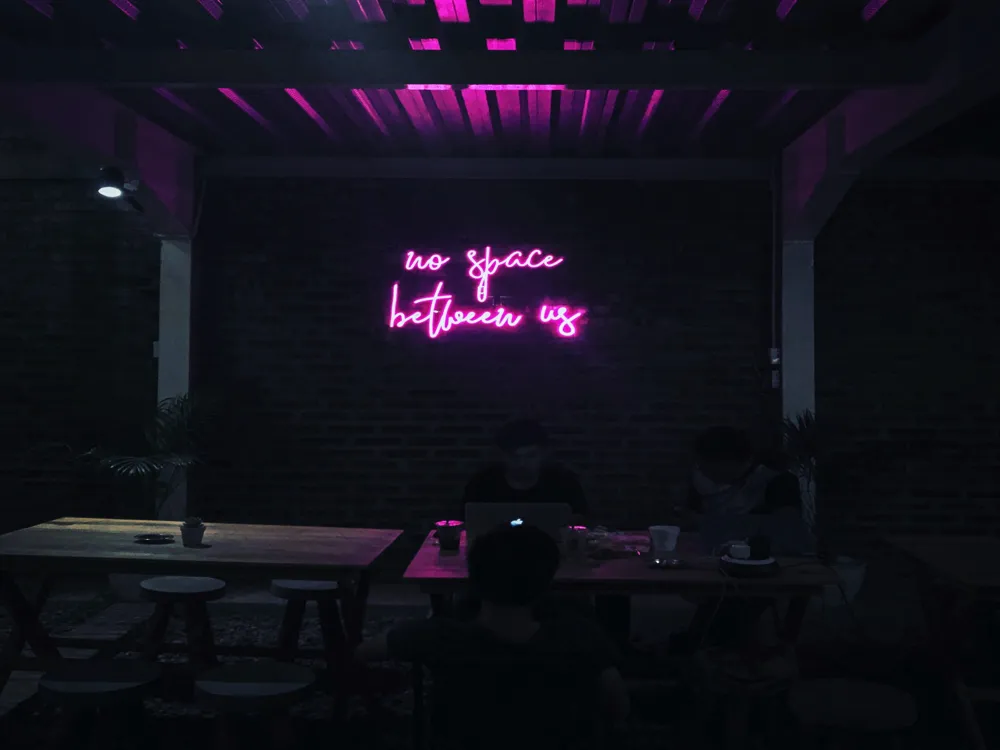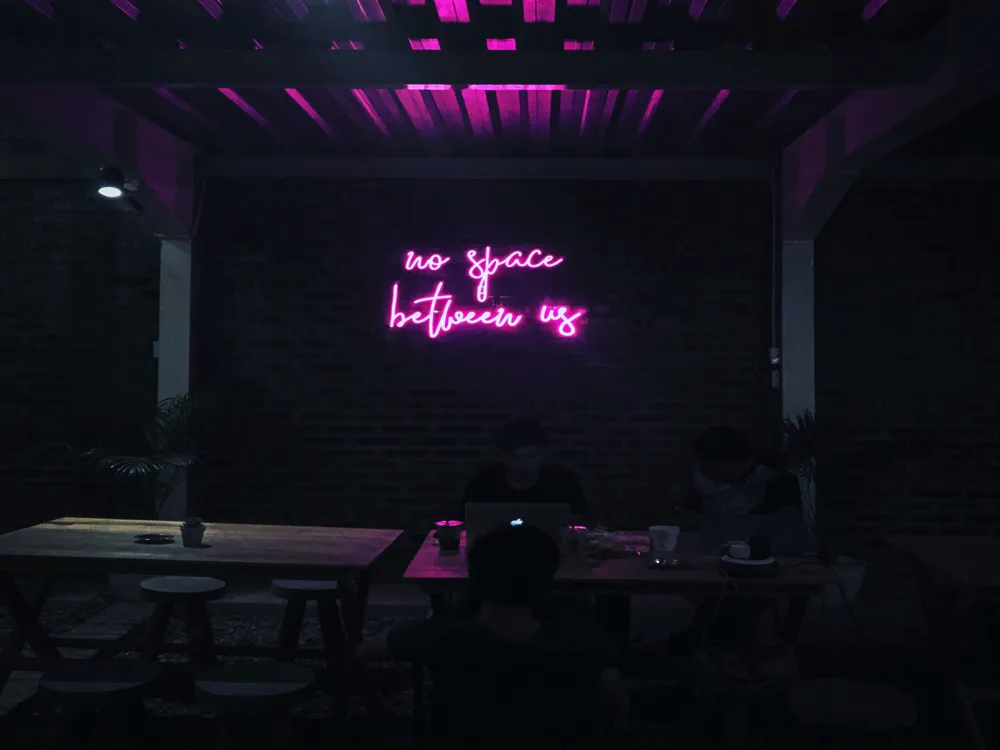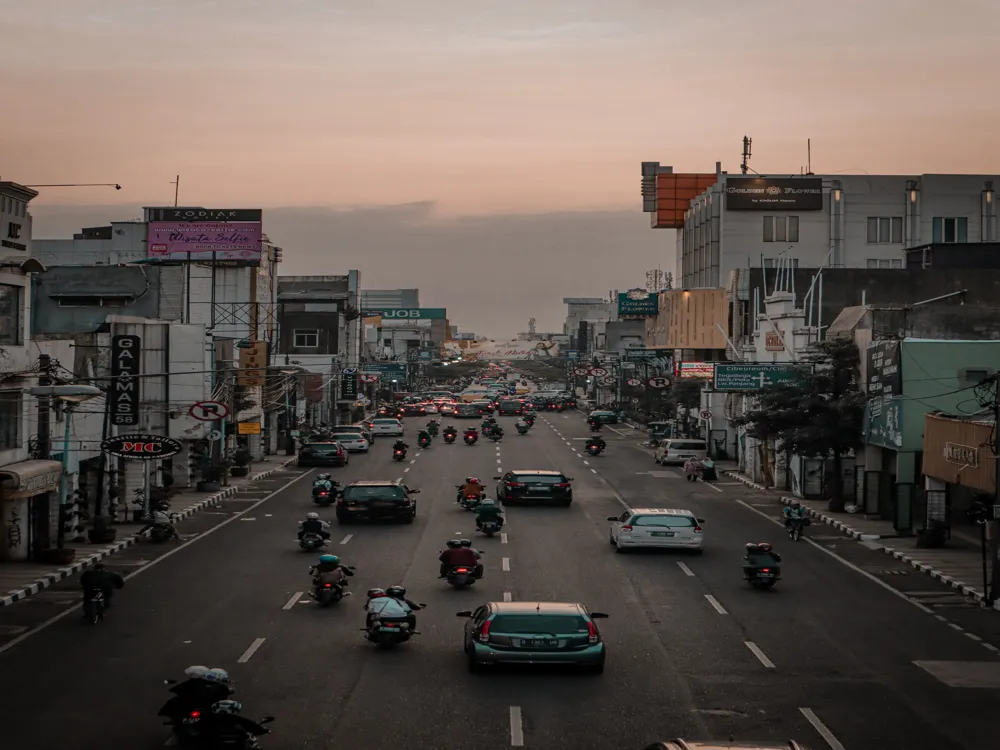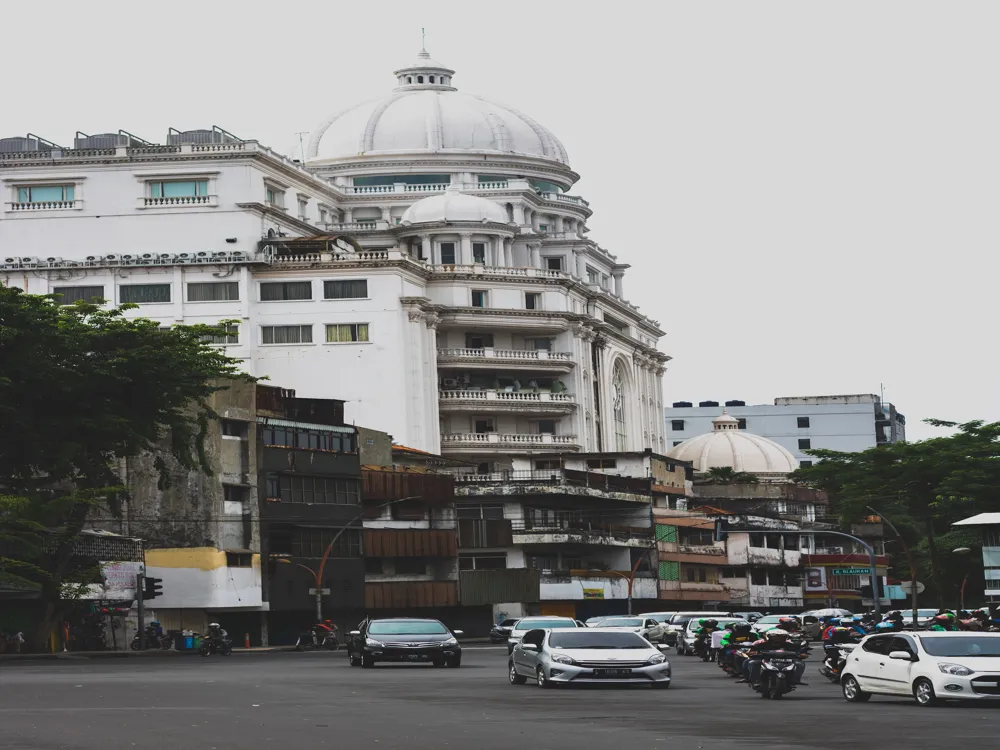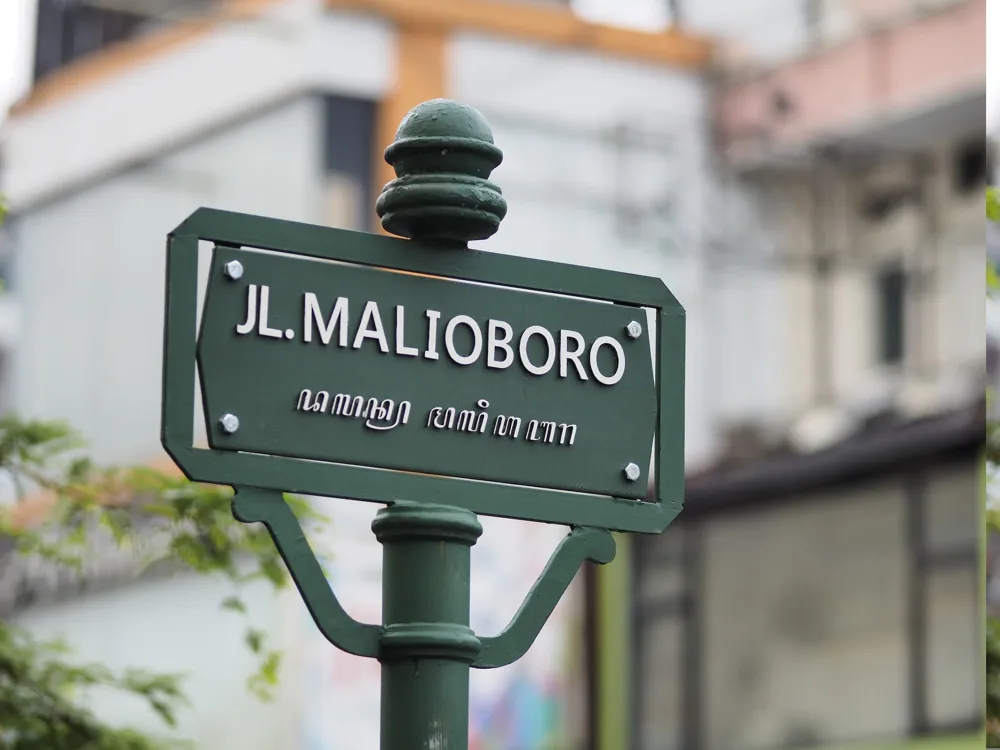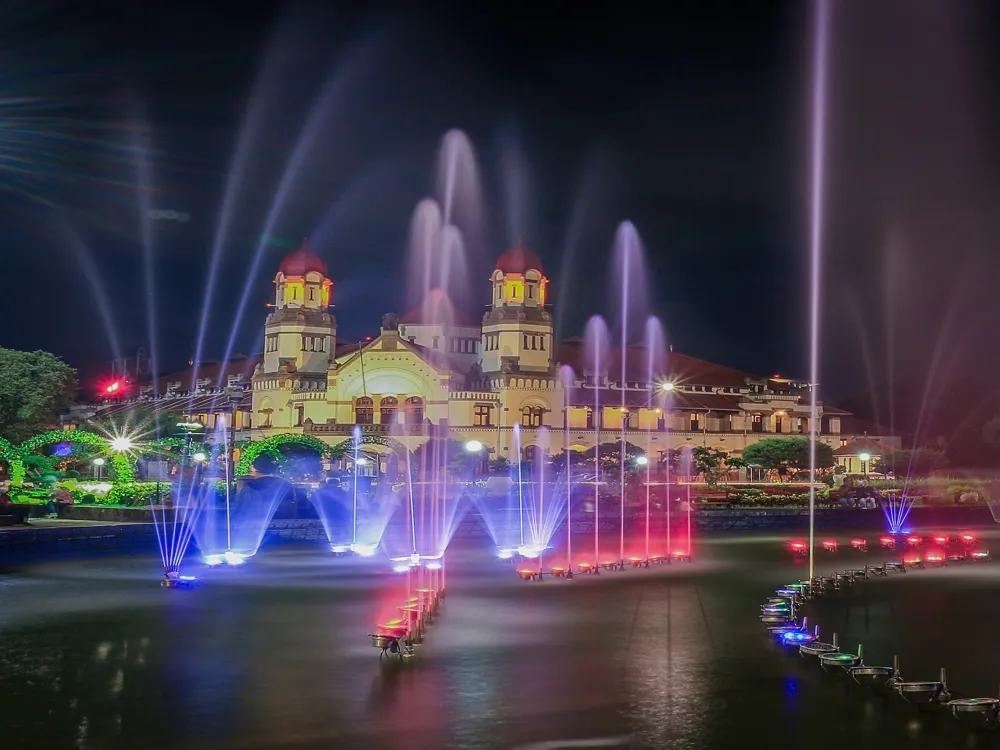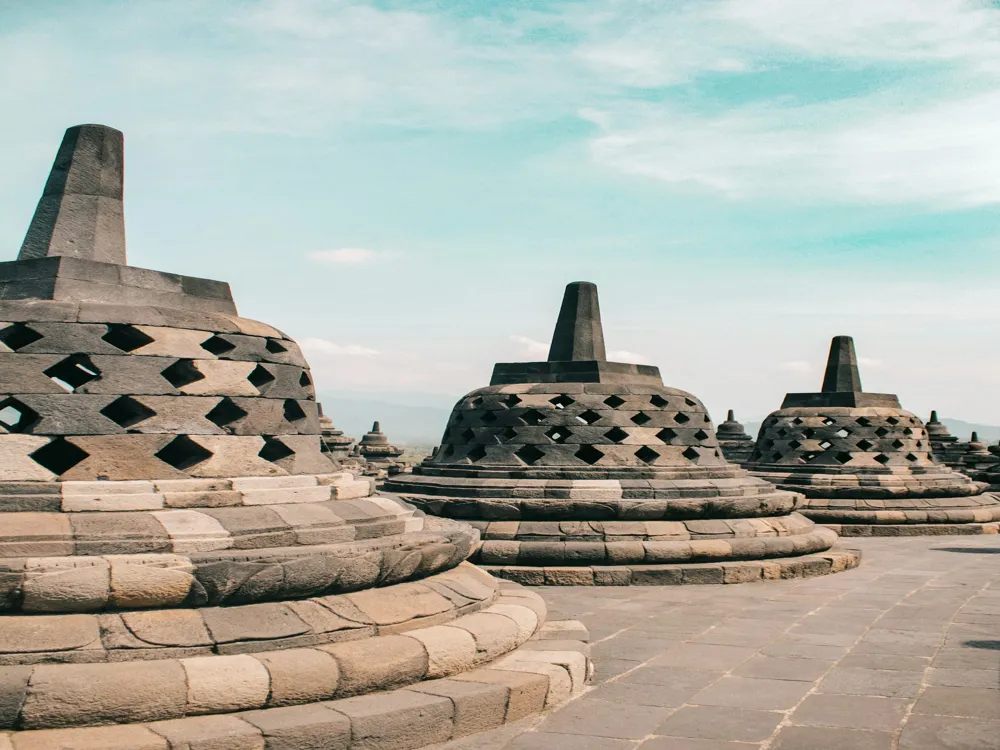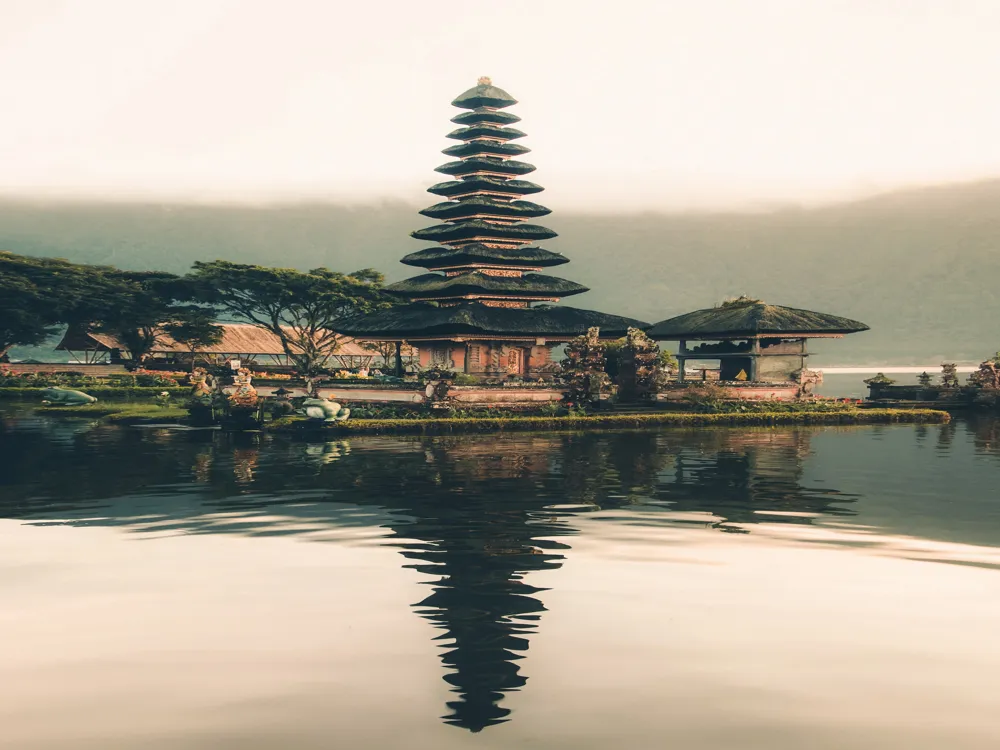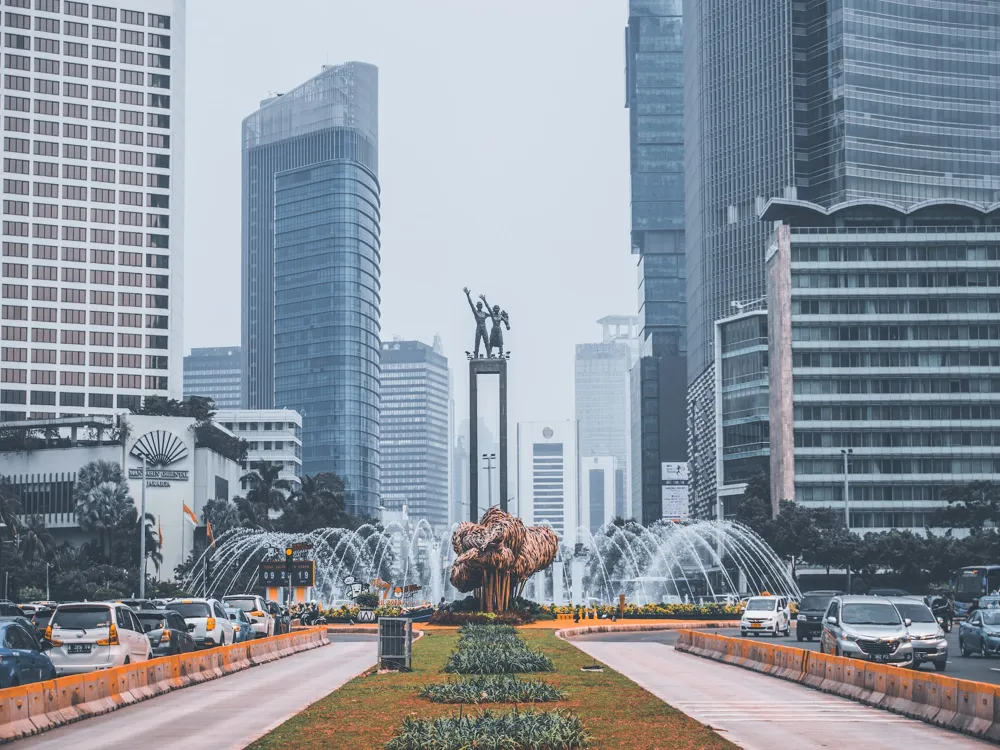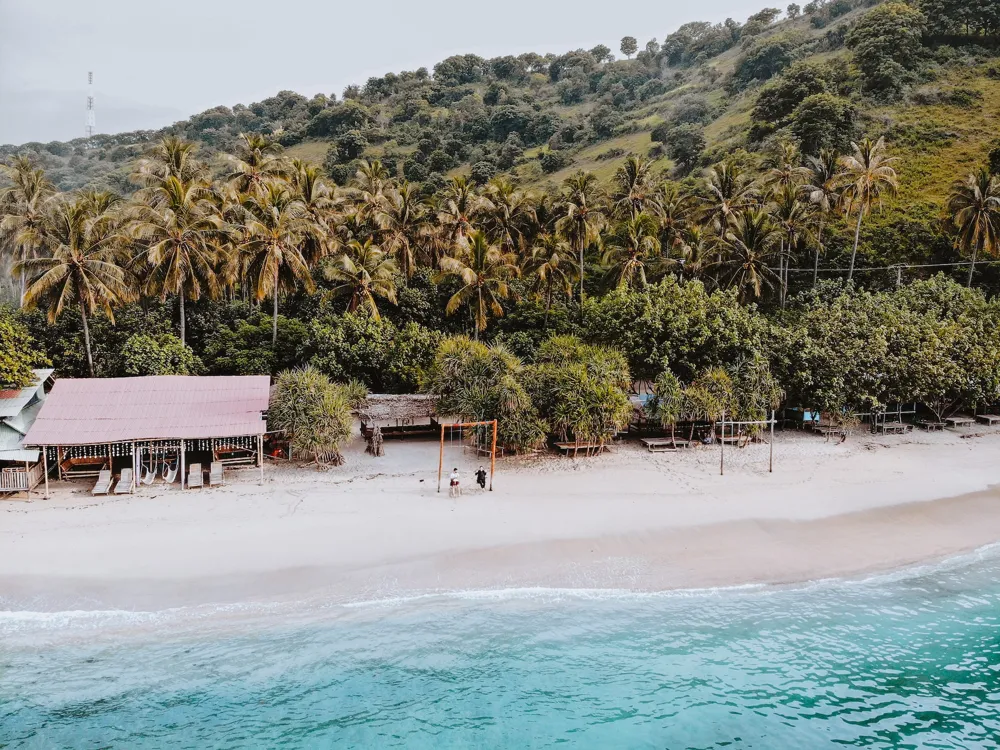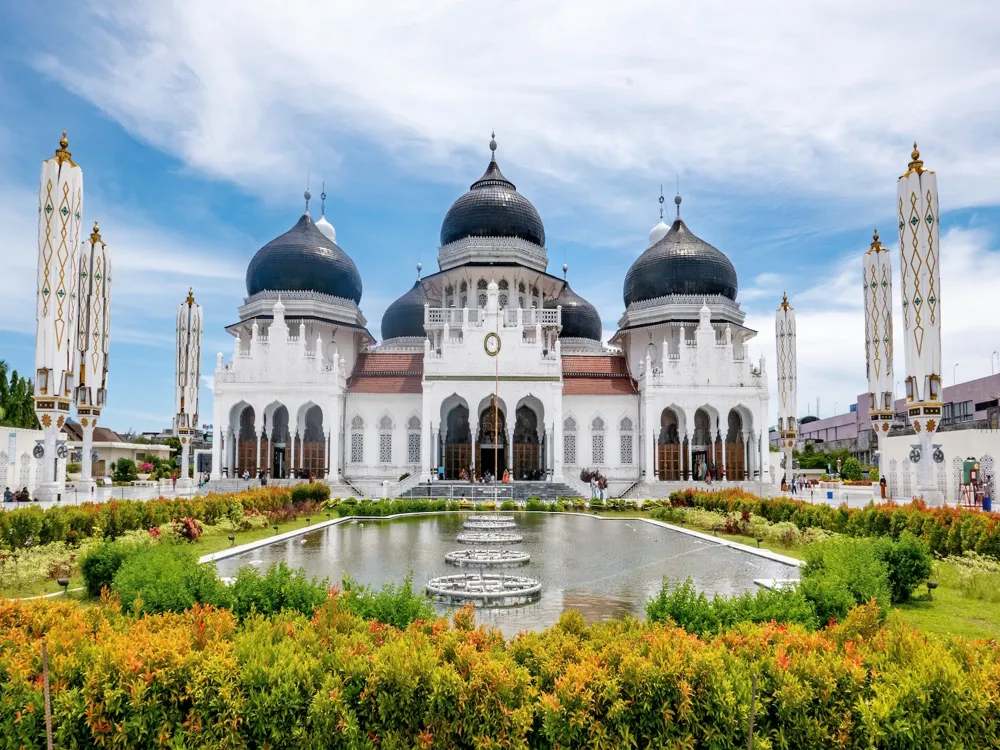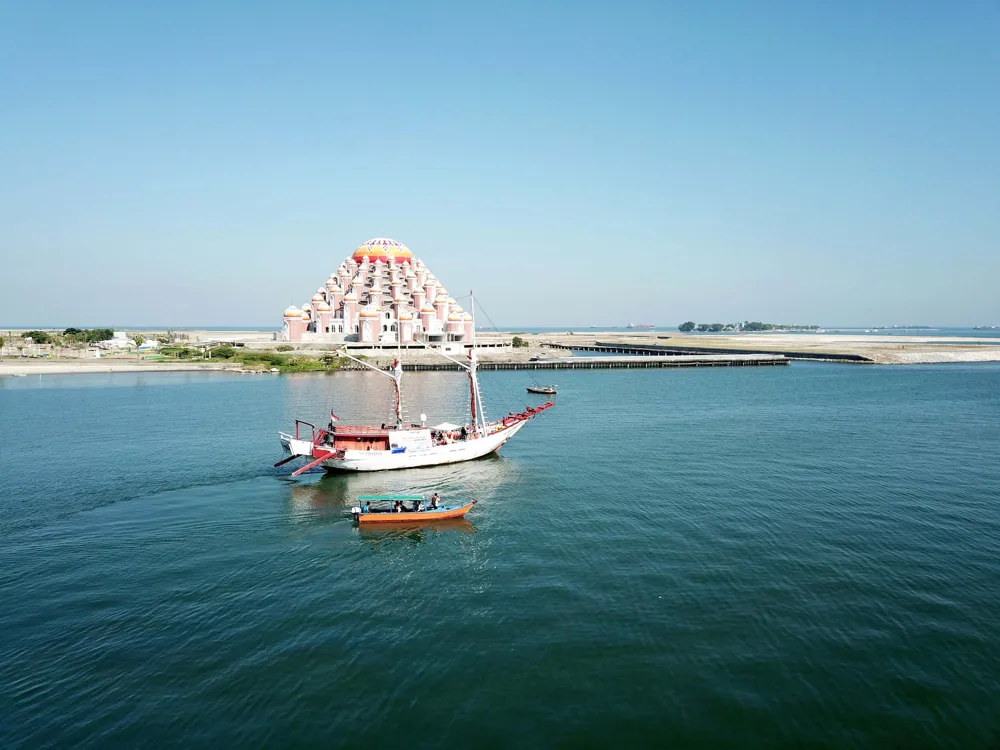Kraton, also known as the Royal Palace, stands as a symbol of Surakarta's rich cultural heritage. Built in the mid-18th century, this royal complex served as the residence of the ruling Sultan and his court. Today, it opens its doors to visitors, inviting them to delve into the intricate tapestry of Javanese traditions. As you explore Kraton, you'll be transported to a bygone era, where every corridor whispers tales of the royal lineage. The palace is a harmonious fusion of Javanese, Islamic, and European architectural influences, showcasing the cultural diversity that defines Surakarta. The architecture of Kraton is a mesmerizing blend of elegance and cultural significance. Intricately carved wooden panels, vibrant batik patterns, and majestic hallways adorned with gleaming glass mosaics showcase the artistic prowess of Javanese craftsmen. The main structures within Kraton include the Pendopo Ageng, the primary audience hall, and the Keraton Kilen, the Sultan's residence. Each building is a masterpiece, reflecting the social and spiritual aspects of Javanese society. The sacred intricacies of the Palace Mosque and the regal charm of the Dalem Ageng courtyard contribute to the immersive experience. As you stroll through the Kraton's vast grounds, you'll encounter a captivating series of pavilions, each with its unique story to tell. The architectural nuances are not just a testament to the skill of the craftsmen but also a living tribute to the enduring legacy of the Javanese monarchy. To make the most of your visit to Kraton, consider these tips: Cultural Sensitivity: As you explore the palace, remember to dress modestly out of respect for the cultural norms. This includes covering your shoulders and knees. Guided Tours: Opt for a guided tour to gain deeper insights into the history and significance of each structure. Knowledgeable guides add a human touch to the experience, sharing anecdotes that bring the palace to life. Ceremonial Performances: Check the schedule for traditional performances within the palace grounds. These cultural displays provide a captivating glimpse into Javanese dance and music. Photography Etiquette: While photography is generally allowed, be mindful of signs indicating restricted areas. Respect the sanctity of certain spaces and the privacy of the royal family. Souvenir Hunting: Explore the local market stalls within Kraton for authentic Javanese handicrafts and souvenirs. Your purchases contribute to the local economy and help sustain traditional craftsmanship. Getting to Kraton is a seamless endeavor, considering its central location in Surakarta. Whether you're arriving by public transportation or private vehicle, the palace is easily accessible. By Car: If you're driving, ample parking spaces are available near the palace entrance. Navigating to Kraton is straightforward, with clear signage guiding you to this cultural gem. By Public Transportation: Surakarta boasts a well-connected public transportation network. You can take a becak (rickshaw) or a local bus to reach Kraton conveniently. Engage with the locals for a truly immersive experience, as they often provide valuable insights into the city's hidden gems. Embark on a journey that transcends time and immerses you in the grandeur of Javanese heritage. Kraton, Surakarta, welcomes you with open arms, promising an encounter with history, culture, and the enduring spirit of a regal past. Come, let the echoes of the past guide you through a unique and enriching exploration of Surakarta's crown jewel. Read More:Overview Of Kraton, Surakarta
Architecture of Kraton
Tips When Visiting Kraton
How To Reach Kraton
Kraton Surakarta
Surakarta
NaN onwards
View surakarta Packages
Surakarta Travel Packages
View All Packages For Surakarta
Top Hotel Collections for Surakarta

Private Pool

Luxury Hotels

5-Star Hotels

Pet Friendly
Top Hotels Near Surakarta
Other Top Ranking Places In Surakarta
View All Places To Visit In surakarta
View surakarta Packages
Surakarta Travel Packages
View All Packages For Surakarta
Top Hotel Collections for Surakarta

Private Pool

Luxury Hotels

5-Star Hotels

Pet Friendly








